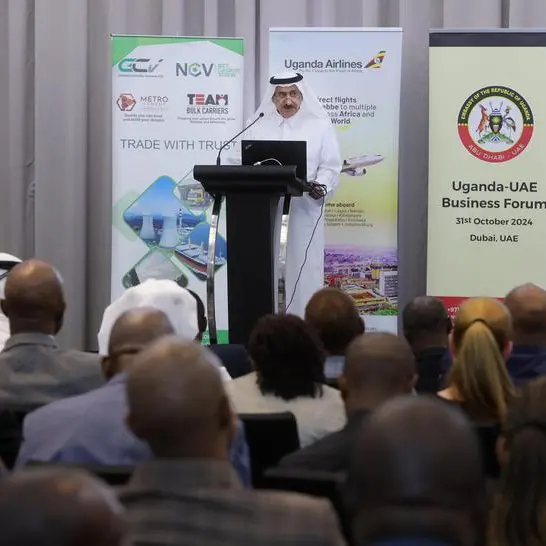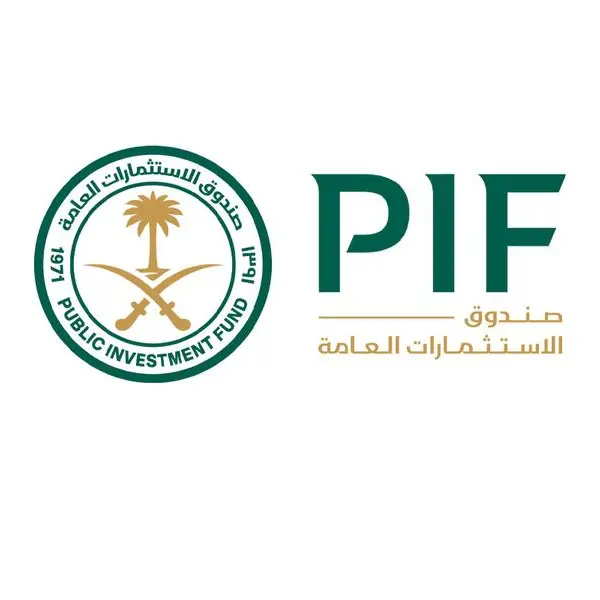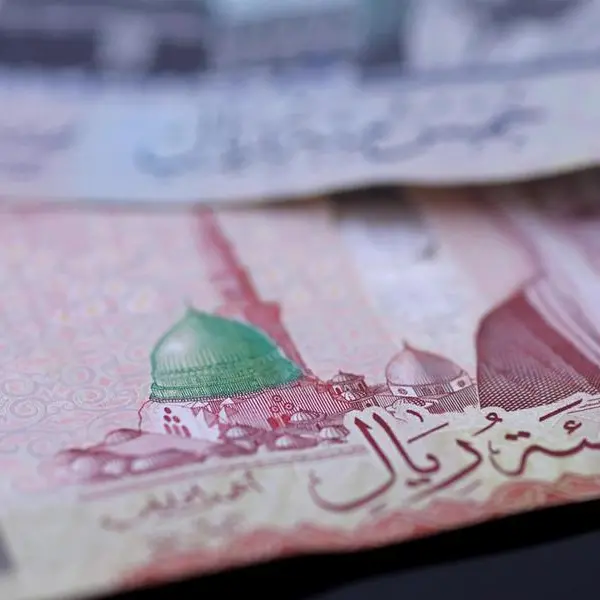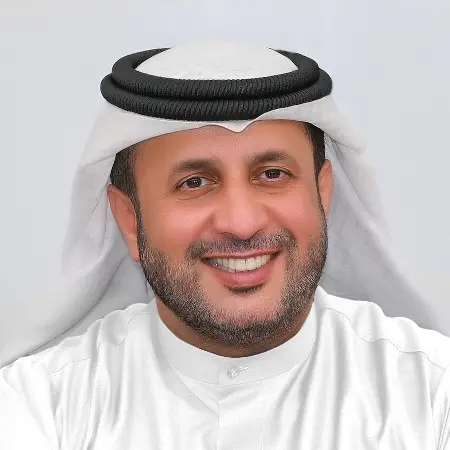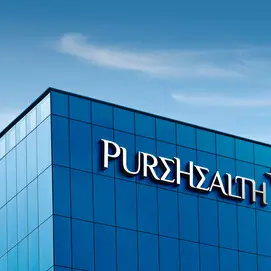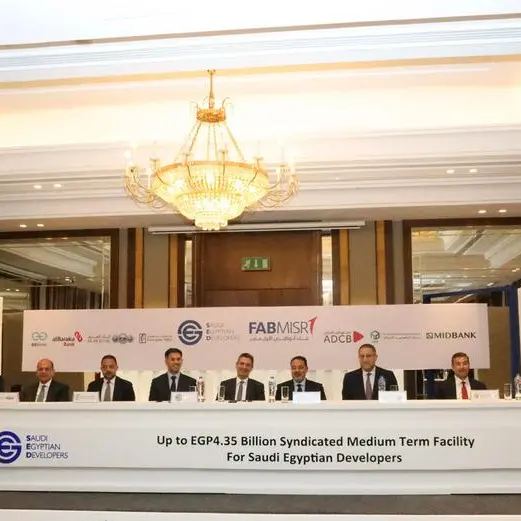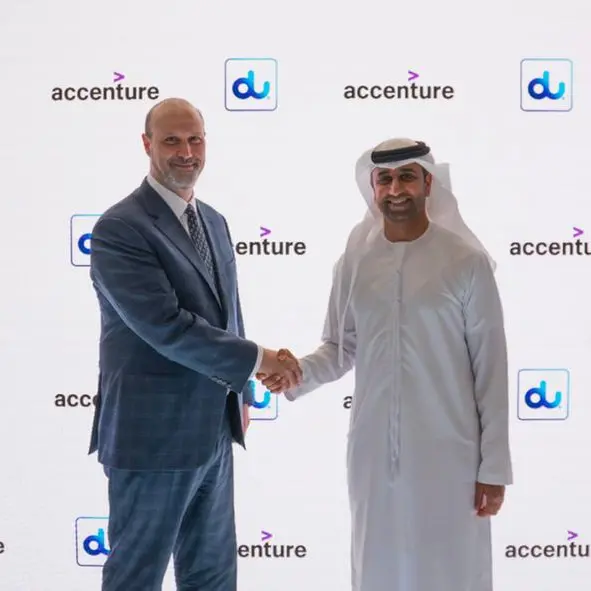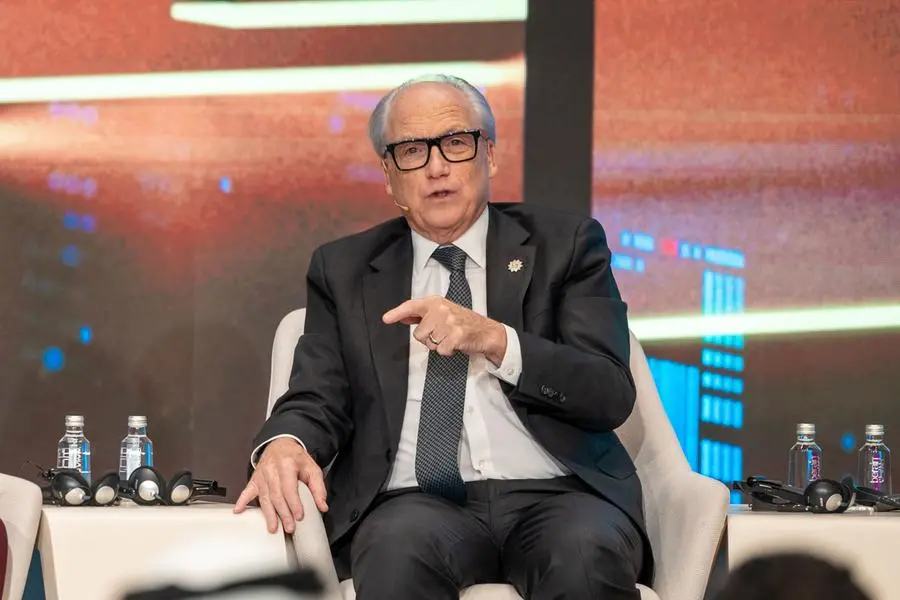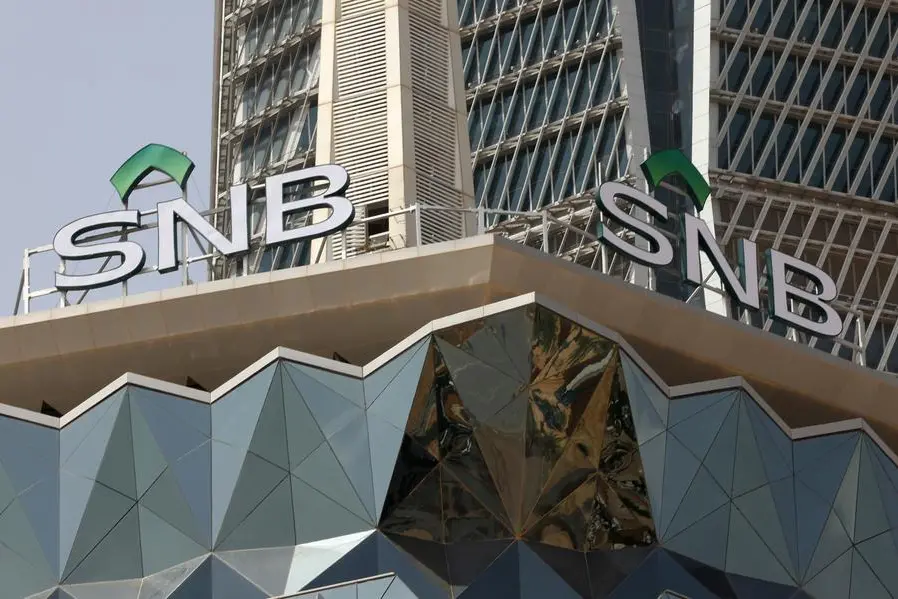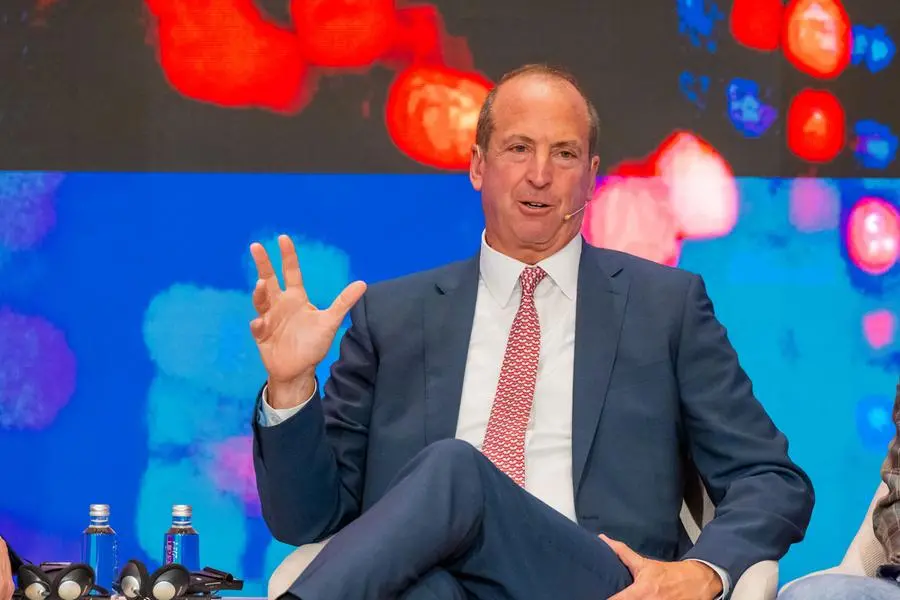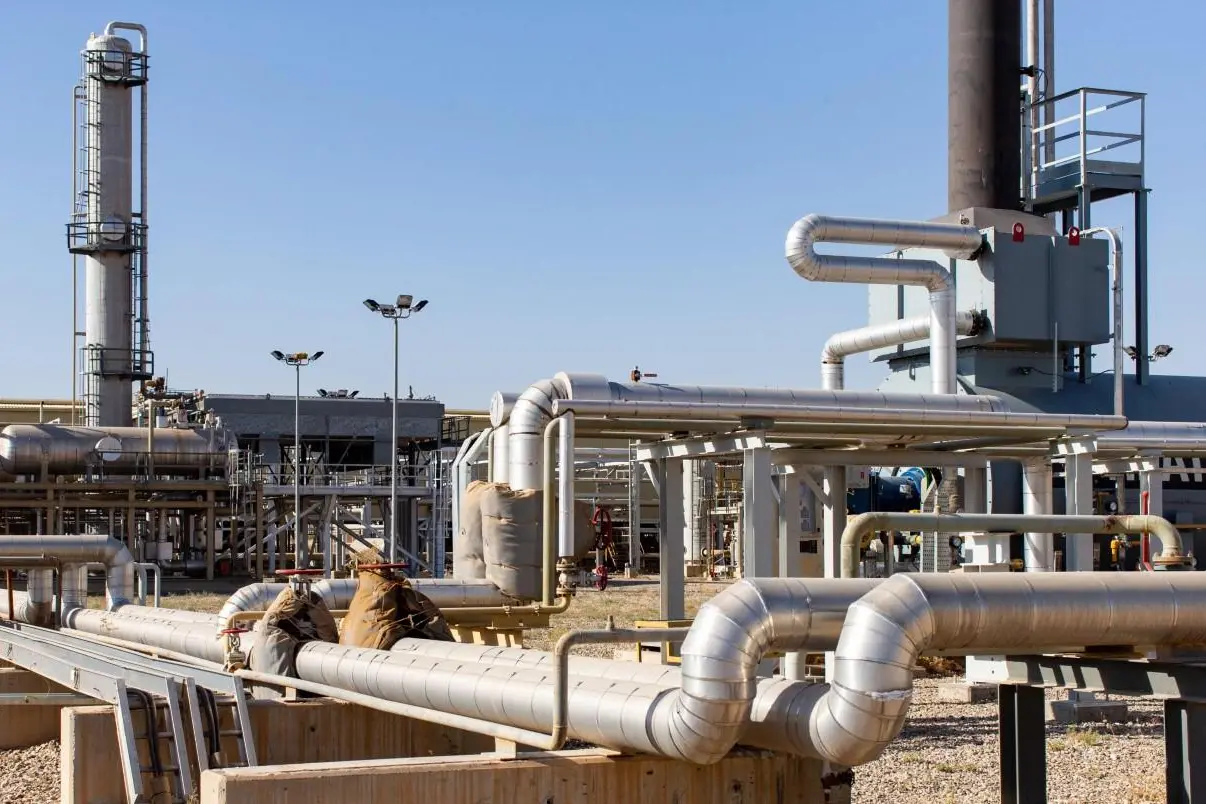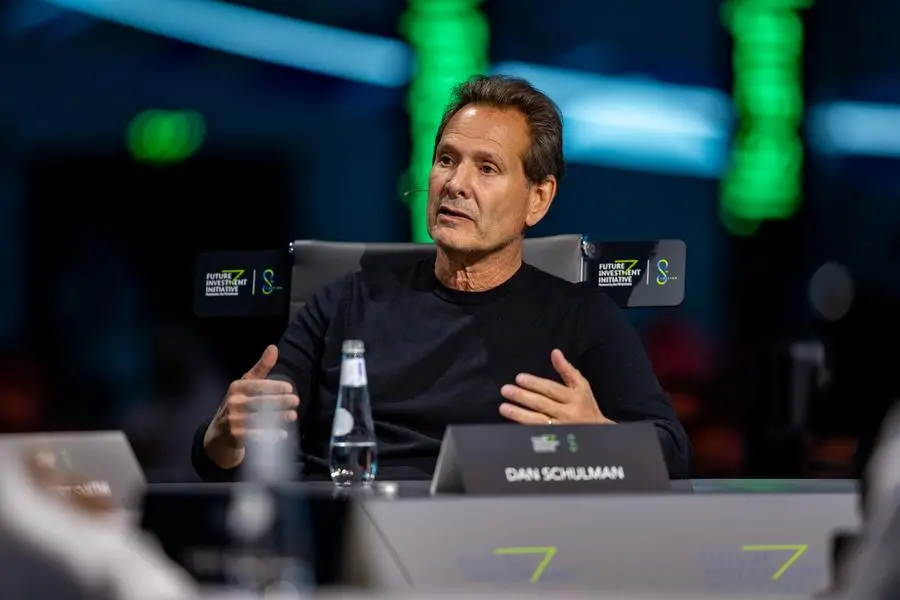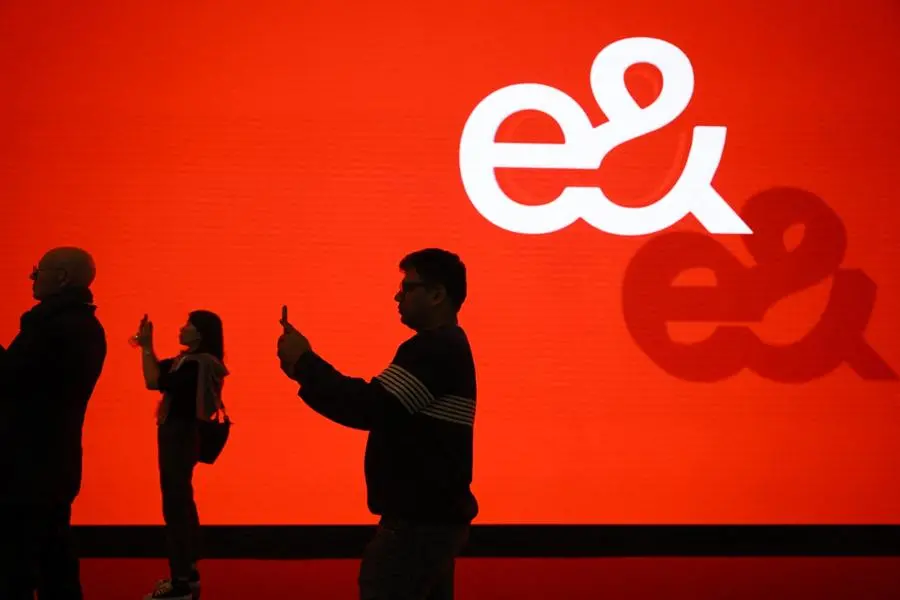Ericsson and our customers have demonstrated near-gigabit speeds on commercial networks in Europe and the United States in recent weeks. These achievements mean commercial gigabit speeds have the potential to become reality for many mobile broadband users in the near future, with Licensed Assisted Access (LAA) a key enabling technology.
Operators are continuing to evolve their LTE networks on the road to 5G, and an important milestone on this journey is achieving Gigabit speeds in live networks. But Gigabit LTE requires spectrum, more than what most operators have licensed access to. The solution? LAA.
LAA allows operators to use unlicensed spectrum (in a fair and regulated manner) in combination with their licensed spectrum. By doing this, subscribers experience even more capacity and faster speeds while operators make efficient use of unlicensed spectrum resources.
Working closely with Ericsson, Telstra, Australia’s leading mobile network operator, was the first to officially achieve gigabit speeds and launch a commercial Gigabit LTE network using their licensed spectrum at the start of the year.
AT&T, Ericsson, Orange and Qualcomm Technologies, Inc. collaborated to showcase Gigabit LTE using LAA technology at Mobile World Congress 2017 in Barcelona, Spain. AT&T and Ericsson went on to conduct one of the first-ever live LTE-LAA field trials, reaching initial wireless speeds of more than 750 Mbps in downtown San Francisco in June. The operator has an initial LTE-LAA rollout planned by end of year.
Also in June, T-Mobile completed the nation’s first mobile broadband data session live in the field using License Assisted Access (LAA) on its commercial network.
More recently, Italian operator TIM is knocking on the gigabit door by achieving speeds of nearly 1Gbps on its live advanced 4G network in Milan using Ericsson’s LAA technology. And in a US wireless industry first, Ericsson, Verizon and Qualcomm Technologies, Inc., successfully achieved a speed of 953Mbps in a joint commercial network deployment in Boca Raton, Florida. This is the fastest announced speed leveraging LAA technology achieved in a real-world, dynamic network environment in the US.
In both cases with LAA, these demonstrations used all commercially available network components including cell sites, hardware, software and backhaul. Into this network infrastructure, Ericsson introduced its micro Radio 2205 for LAA. Designed for unlicensed spectrum use, Ericsson’s micro solution provides small dimensions, flexible mounting and superior performance. Qualcomm Technologies provided a Qualcomm® Snapdragon™ 835 mobile platform device, with Gigabit LTE capability thanks to the integrated Snapdragon X16 LTE modem.
Joakim Sorelius, Head of Product Area Network Systems, Ericsson, says: “These technologies produce record speeds for wireless technology and we are leading the way to commercialization with such strong partnerships.”
AT&T, TIM, T-Mobile and Verizon aren’t the only operators to push toward commercial gigabit speeds using LAA. South Korean operator SK Telecom and MTS, the largest mobile network operator in Russia, have all recently completed their own LAA trials.
The road to 5G is paved with many milestones and commercial Gigabit LTE with LAA is one of the more significant achievements, allowing operators to deliver a Gigabit Mobile Broadband experience with more bandwidth and faster speeds to their customers.
© Press Release 2017
